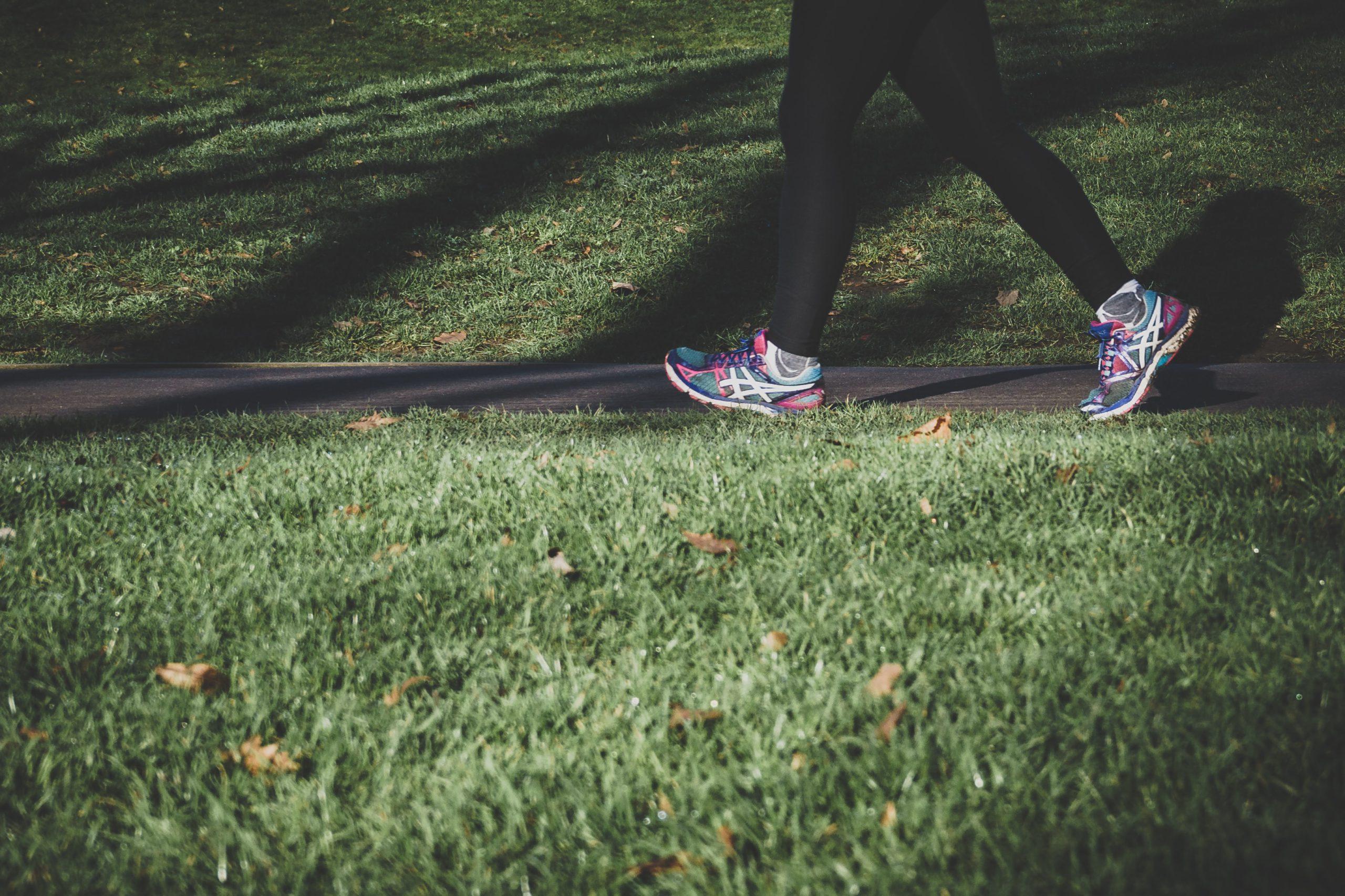Jul 17, 2024
We can all agree, exercise is an important part of maintaining health and extending our life span. Physical exercise can burn calories and is important in combating the negative effects of sedentary behavior. Exercise leads to substantial health benefits including decreasing the risk of obesity, diabetes, cardiovascular disease, and multiple types of cancer, along with improving mental health. Despite this knowledge only 23% of adults meet the current physical activity guidelines.
The US Department of Health and Human Services Physical Activity Guidelines for healthy adults include both general and specific guidelines. General guidelines include. Inactivity should be avoided, Aerobic activity should be spread throughout the week, Strength training should be of moderate or greater intensity, and health benefits can be achieved by adults who sit less and do any amount of moderate to vigorous physical activity. Specific recommendations include doing 150-300 minutes of moderate-intensity aerobic physical activity per week or 75-150 minutes of vigorous-intensity aerobic physical activity. Additional health benefits can be achieved by doing more than 300 minutes of moderate-intensity physical activity per week.
So how can we help the 77% of adults to reap the lifesaving benefits of getting the body moving?
10 Tips to Get You Motivated
#1
Identify your “why”– Do you want to exercise for your health? Is it for your kids? Is it for how working out makes you feel? Exercise has long-term benefits for health and function, it indirectly benefits your children, and has immediate effects on mood and vitality. Being clear in your mind about what you want to gain from exercising, can help prompt you into action.
#2
Arrange to meet a friend to exercise together. You’ll be more likely to follow through, as you won’t want to let your friend down. Also, research suggests people exercise for longer when they exercise with family members and friends compared with those who exercise alone.
#3
Reward yourself with a new piece of clothing or shoes to exercise in. make the reward conditional on doing a certain amount of exercise, so you have to earn it.
#4
Get an activity tracker Fitness trackers have a host of features designed to boost motivation, such as prompts, self-monitoring and goal setting. There is a plethora of research suggesting activity trackers increase physical activity.
#5
Exercise at the same time each day so it becomes a habit. Research suggests exercising in the morning leads to faster habit formation compared to evening exercise.
#6
Do an activity you enjoy. Starting a new exercise habit is hard enough. Increase your chances of sticking with it by doing an activity you find enjoyable. Also, you may exercise at a higher intensity without even realizing it, if you are doing a form of exercise you enjoy. If you hate running don’t do it. Go for a long walk-in nature instead.
#7
Start small. Leave yourself wanting more, rather then overdoing it. You’re also less likely to feel sore or injure yourself.
#8
Listening to up-beat music improves mood during exercise, and reduces perceived exertion, leading to increased work output. These benefits are particularly effective for rhythmic, repetitive forms of exercise such as walking and running.
#9
Take your dog for a walk. Dog-walkers walk more often and for long longer than nondog walkers. Studies show people who have dogs live longer than those who don’t.
#10
Be patient with yourself and keep the long game in mind-it takes around three to four months to form an exercise habit. After that, the intrinsic motivators take over to keep your exercise routine going.
